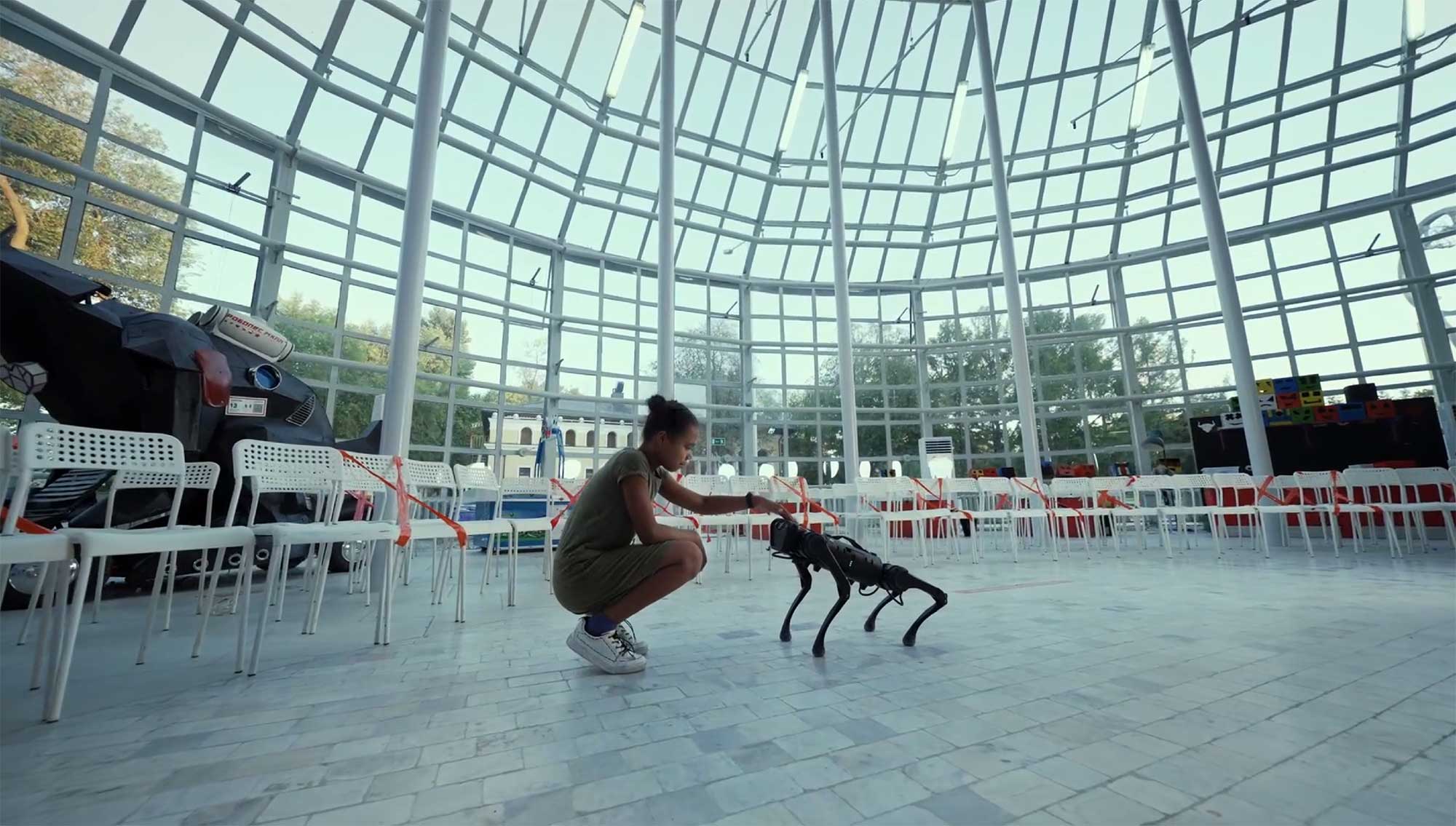News/Press
Four essential practices to keep your business running during a worldwide crisis

When countries started declaring a state of emergency over COVID-19, we transitioned our team from our open-concept office spaces in Montreal, Canada, and Nantes, France to working from home. Little did we know that our business practices had set us up for success during a worldwide crisis.
This is a letter for businesses who are questioning, how could’ve we been more ready for this? We believe that now is a great time to challenge the status quo. Especially for hierarchical organizations.
Here, we share our learnings during an ongoing global crisis. We’ve managed to master our day-to-day with today’s reality. The result? Established processes that work.
How a flat structure was the way to keep our entire team running
Flat structure is basically the opposite of a hierarchical structure. Operating without direct managers or reports allows roles to seamlessly adapt to change.
We’ve found that our team members’ skills can quickly be applied to other departments. For example, since COVID-19, the reality for teams like sales and recruitment changed dramatically. But these team members have exceptional communication skills and creative thinking abilities. They can easily contribute to other areas, like marketing content, online presence, training, and be players for innovation. Our flat structure made this transition a matter of a quick call and action plan.
A flat structure also lets each of us talk to everyone in the company. There’s very little back and forth and unnecessary bureaucracy to approve things. Our whole team has the knowledge, the training, and the skills to work on their own.
Since we have no hierarchy, we’re used to getting the job done without direct management. This means no reporting, and no waiting to be told what to do next. The result? A real flow state. We’re already used to getting the job done and providing each other relevant and frequent updates.
Want to learn more about this organizational structure, read these articles in which we elucidate some of the myths surrounding the flat structure and how we make it work.
Flexibility as a pillar of our team culture
One of our culture’s most important values is work-life harmony. In fact, working remotely before COVID-19 was already part of our reality. At the end of 2018, we piloted a project that let our team work from home once every other week. This helped us uncover and address many of the challenges that come with working from home. We found solutions to these problems. And lead us to processes that made working remotely successful.
Thanks to this, having our team members work remotely during the pilot was never a disruption or distraction for our clients. Whether the team was at home or at the office, our clients had the same high-quality experience. We made sure of that.
Today it’s no different. Once the COVID-19 regulations were announced, we just packed up our computer monitors and mouse pads. We were set to continue doing our best work for our clients.
Here are a few other ways we’re set up for success while working from home:
- We already had a security team. They made sure people could work in a protected and confidential manner through a VPN regardless of their place of work.
- We based technology around everything we do. Our social initiatives like lunch & learns, weekly coffee meets with coworkers, and team workouts, had already a virtual version.
Praise culture
There’s lots of uncertainty right now. People are under a lot of pressure. Keeping spirits high is key. A great way to do that is by celebrating small wins and praising each other constantly.
We’re used to doing this all the time, virus or no virus. We’ve always had a Slack channel devoted to daily praises. Nothing is off-limits. Our team members are used to praising good work. Random acts of kindness. We celebrate our awesome and sometimes quirky team members. You get the idea. Maintaining this channel is super important. Now more than ever.
We also had the habit to kick-off meetings by identifying wins. The idea is to share good news that lifts the whole team. This practice has really helped us keep up morale. During the good and the bad. For further information about this subject, you can refer to our guide to building a culture of praise and recognition in the workplace.
Feedback as a team-wide developed skill
A lot of organizations right now are wondering how to deliver feedback when there’s so much tension in the air. It can be hard to offer feedback when you sense your team is stressed.
Since feedback has always been a priority to us, we’ve done extensive research and training on the triggers of feedback. We’ve been trained to set emotions aside and leave personal opinions at the door. We’ve created a set of tools for employees to ask and give feedback in a timely and efficient manner. This way, we’re always open to hearing each other. We’ve also been trained on how to give effective feedback, considering the person’s reality, emotions, and personality. Very important skills to have in moments like today.
All in all, COVID-19 calls us to be and do better
No doubt. Times right now are stressful and uncertain. But we’re also being presented with a unique opportunity to rethink how we do business.
We encourage you to ask tough questions. Question why you work the way you do. You should take a hard look at whether your company structure is helping or hindering your day-to-day operations. And your clients.
***
If you have any questions about any of these best practices, please reach out. We’re a friendly bunch. Always happy to connect and exchange ideas.
Photo credit: Sigmund

Did this article start to give you some ideas? We’d love to work with you! Get in touch and let’s discover what we can do together.



-min.jpg)
-min.jpg)
-min.jpg)



